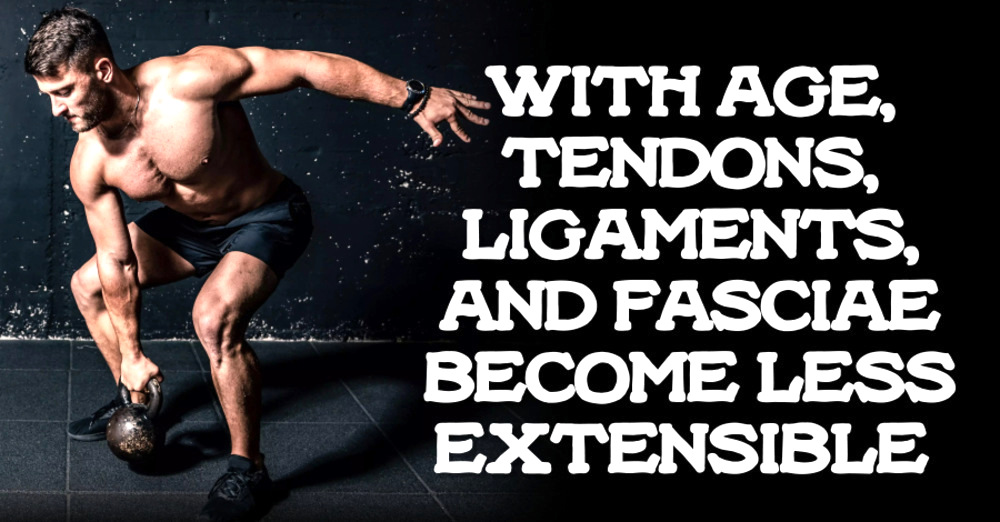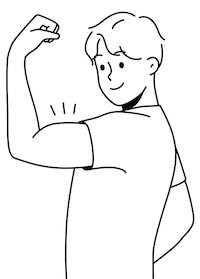
Maria awoke to excruciating muscle pain, unable to comprehend why she felt so dreadful, considering she hadn’t engaged in any unusual activities recently. So, she went to the doctor to find out the reason for the pain.
The doctor did some tests and examinations and finally told Maria the muscle pain was due to a lack of regular physical activity. He recommended that she exercise regularly to strengthen her muscles and prevent future pain. Maria began walking every day with stretching and strengthening exercises at home. After a few weeks, the muscle pain was gone.

As individuals age, they often express increased discomfort related to muscle and joint soreness. Mundane activities, such as bending down, become challenging and agonizing. The pain is so intense that many are sure it starts deep in their bones. But, the real cause of stiffness and pain lies not in the joints or bones, but in the muscles and connective tissues that move the joints, according to research from the Johns Hopkins School of Medicine.
If you lean forward and touch your toes with your fingertips, you have good flexibility or range of motion of the hip joints.
Different factors limit flexibility and ease of movement in joints and muscles. The bone structure sets a definite limit in the elbow and knee. In other joints, such as the ankle, hip, and back, soft tissue limits the range of motion.
Having stiff joints and muscles can be likened to the challenge of opening and closing a door with a rusty and unstable hinge rarely used. Therefore, if people do not regularly move their muscles and joints through their full range of motion, they lose some of their potential. Therefore, when these people try to move a joint after prolonged inactivity, they feel pain.
What happens next is that the muscles shorten with prolonged disuse, and irritating and excruciating spasms and cramps occur. As researchers have shown, immobilization of the muscles causes biochemical changes in the tissue.






